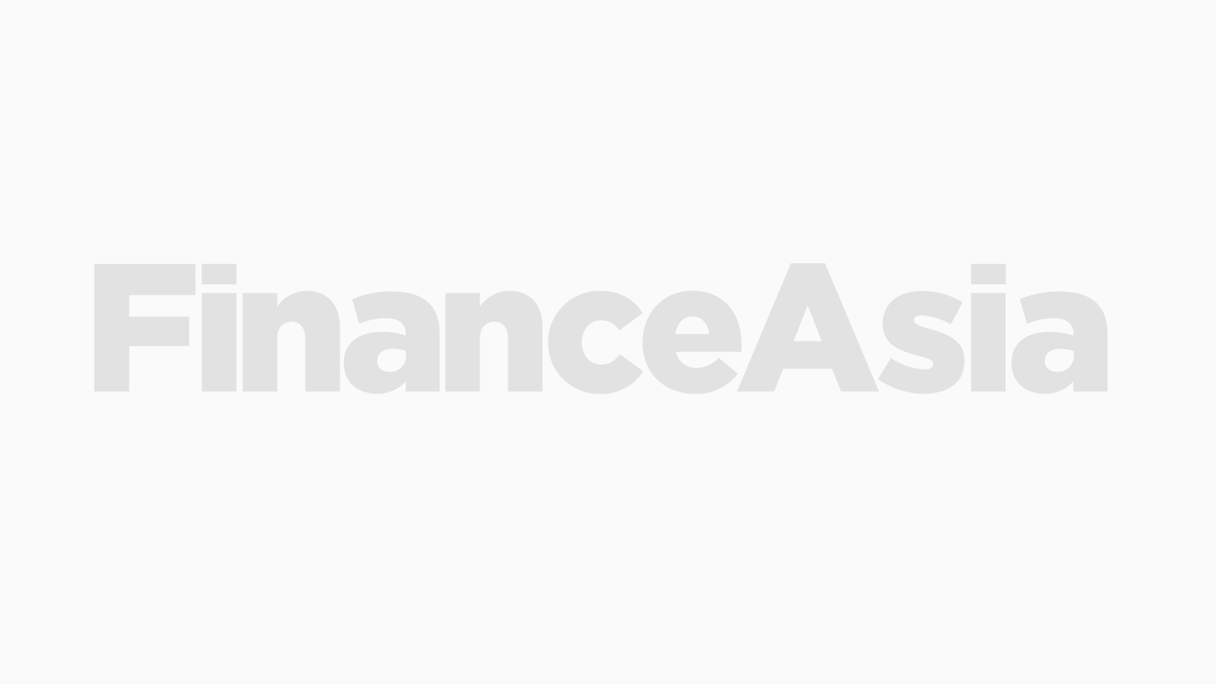A 104 million share offering for Korean chip manufacturer Hynix Semiconductor was priced after Seoul's close yesterday (October 26) raising $1.9 billion for the company's bank creditors. The sale of a 23.4% stake was described as a struggle, but eventually came together on the final day of the bookbuild after the leads incorporated a relatively generous discount to counter poor market conditions.



